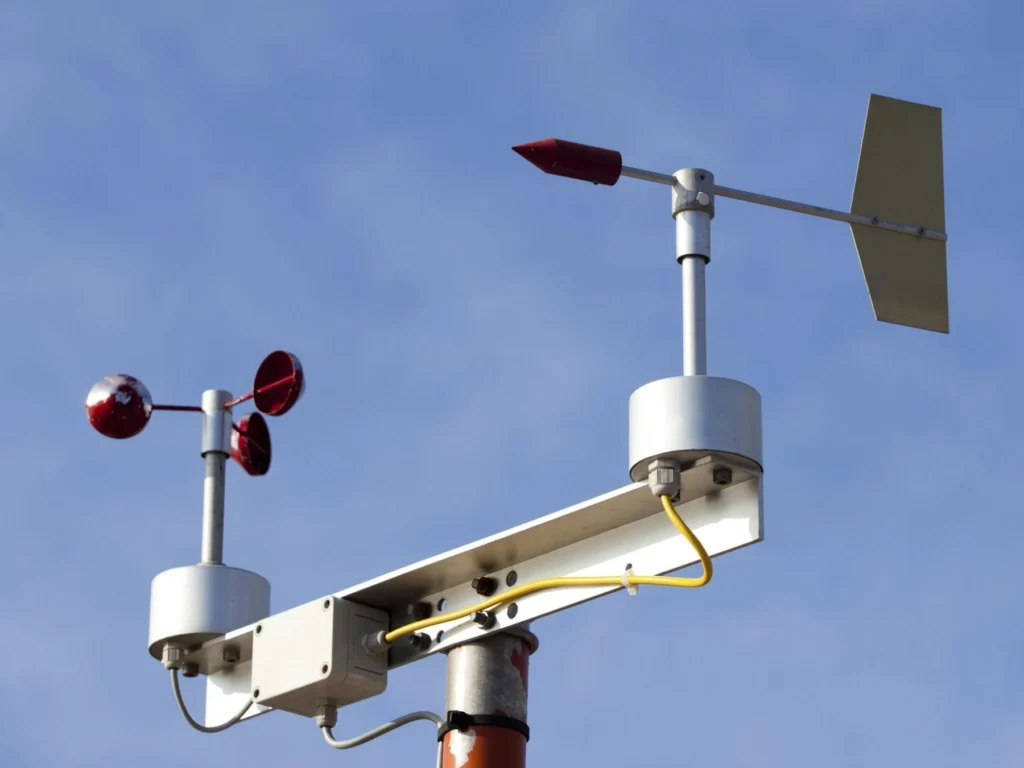
# Wind Measuring Instrument: Essential Tool for Accurate Wind Speed and Direction Analysis
Wind measuring instruments are indispensable tools in various fields, from meteorology to renewable energy. These devices provide critical data on wind speed and direction, enabling professionals to make informed decisions and predictions. In this article, we will explore the importance of wind measuring instruments, their types, and their applications.
## Understanding Wind Measuring Instruments
Wind measuring instruments, also known as anemometers, are designed to measure the speed and direction of wind. These instruments are essential for understanding weather patterns, assessing environmental conditions, and optimizing the performance of wind turbines.
### Types of Wind Measuring Instruments
There are several types of wind measuring instruments, each with its unique features and applications:
– Cup Anemometers: These are the most common type of anemometers, consisting of three or four cups mounted on horizontal arms. As the wind blows, the cups rotate, and the speed of rotation is used to calculate wind speed.
– Vane Anemometers: These instruments combine a wind vane to measure direction with an anemometer to measure speed. They are often used in weather stations.
– Sonic Anemometers: These advanced devices use ultrasonic sound waves to measure wind speed and direction. They are highly accurate and are used in research and aviation.
– Hot-Wire Anemometers: These instruments measure wind speed by detecting the cooling effect of the wind on a heated wire. They are commonly used in laboratory settings.
## Applications of Wind Measuring Instruments
Wind measuring instruments are used in a wide range of applications, including:
– Meteorology: Accurate wind data is crucial for weather forecasting and climate studies. Anemometers are used in weather stations worldwide to collect real-time wind data.
– Renewable Energy: Wind turbines rely on precise wind measurements to optimize their performance. Anemometers are installed on wind farms to monitor wind conditions and adjust turbine operations accordingly.
– Aviation: Pilots and air traffic controllers use wind data to ensure safe takeoffs, landings, and flight paths. Sonic anemometers are often used at airports for this purpose.
– Environmental Monitoring: Wind measurements are essential for assessing air quality, dispersion of pollutants, and the impact of wind on ecosystems.
## Choosing the Right Wind Measuring Instrument
When selecting a wind measuring instrument, consider the following factors:
– Accuracy: Ensure the instrument provides precise and reliable measurements.
– Durability: Choose a device that can withstand harsh environmental conditions.
– Ease of Use: Opt for an instrument that is easy to install, operate, and maintain.
– Data Logging: Consider instruments with data logging capabilities for continuous monitoring and analysis.
## Conclusion
Wind measuring instruments are vital tools for accurate wind speed and direction analysis. Whether you are a meteorologist, an engineer, or an environmental scientist, these devices provide the data you need to make informed decisions. By understanding the different types of anemometers and their applications, you can choose the right instrument for your specific needs and ensure accurate and reliable wind measurements.
Keyword: wind measuring instrument
